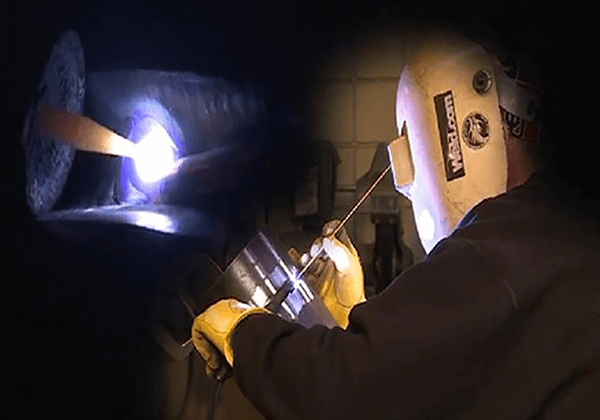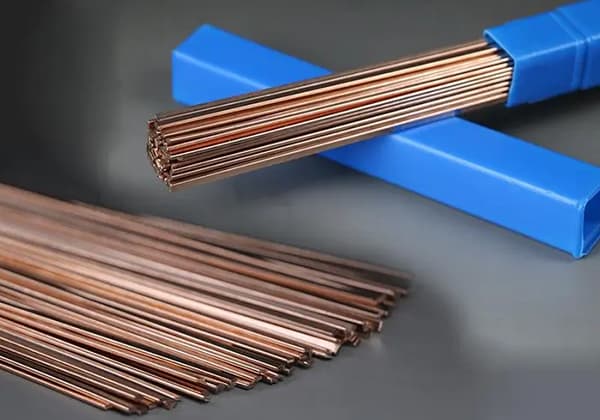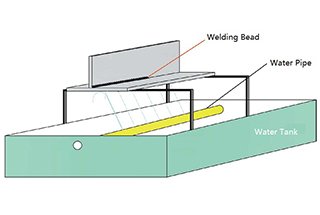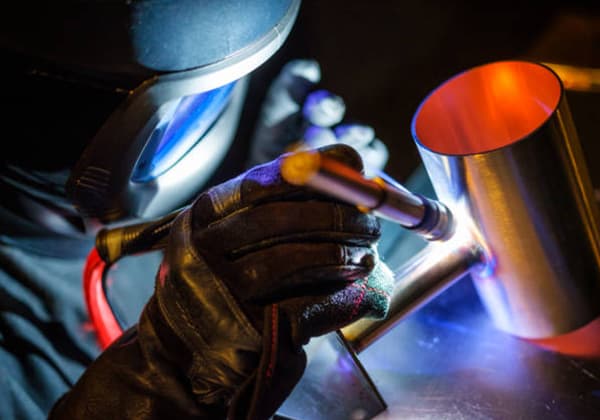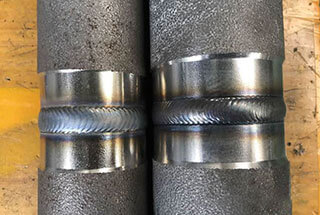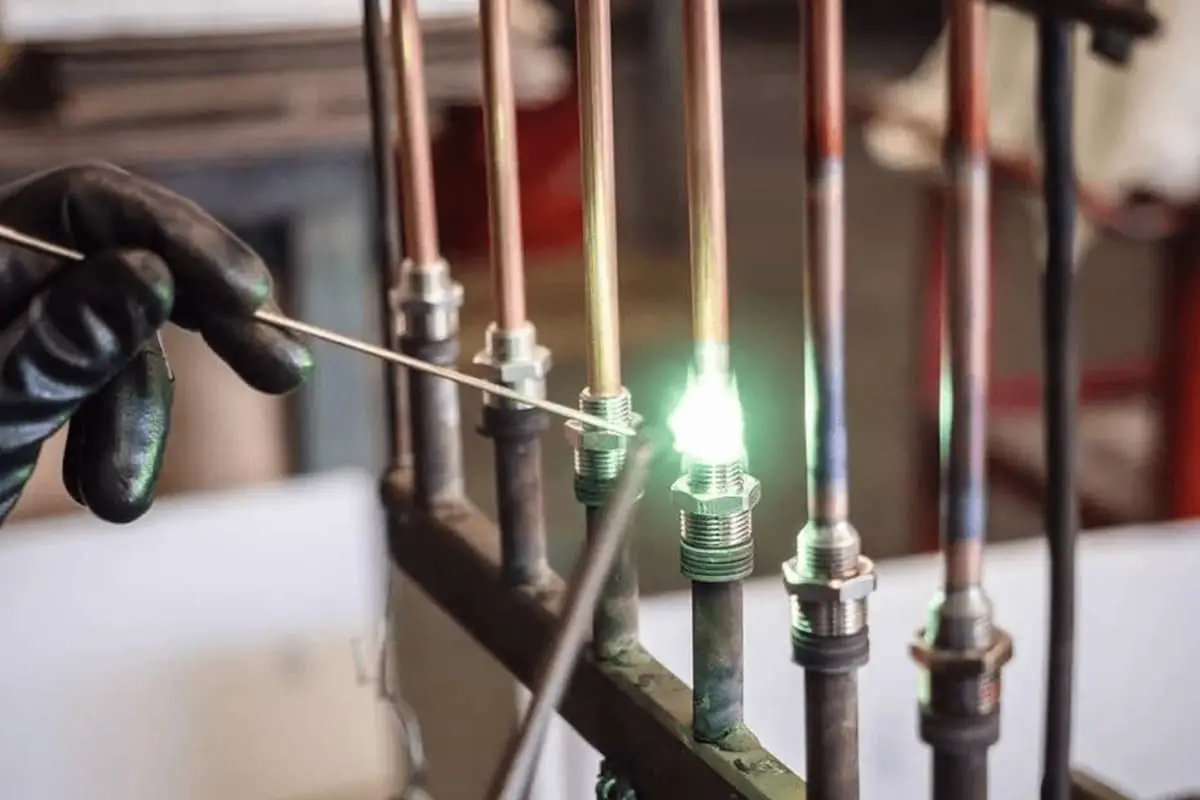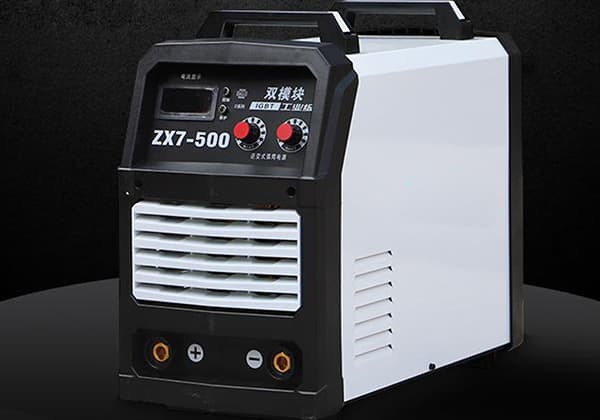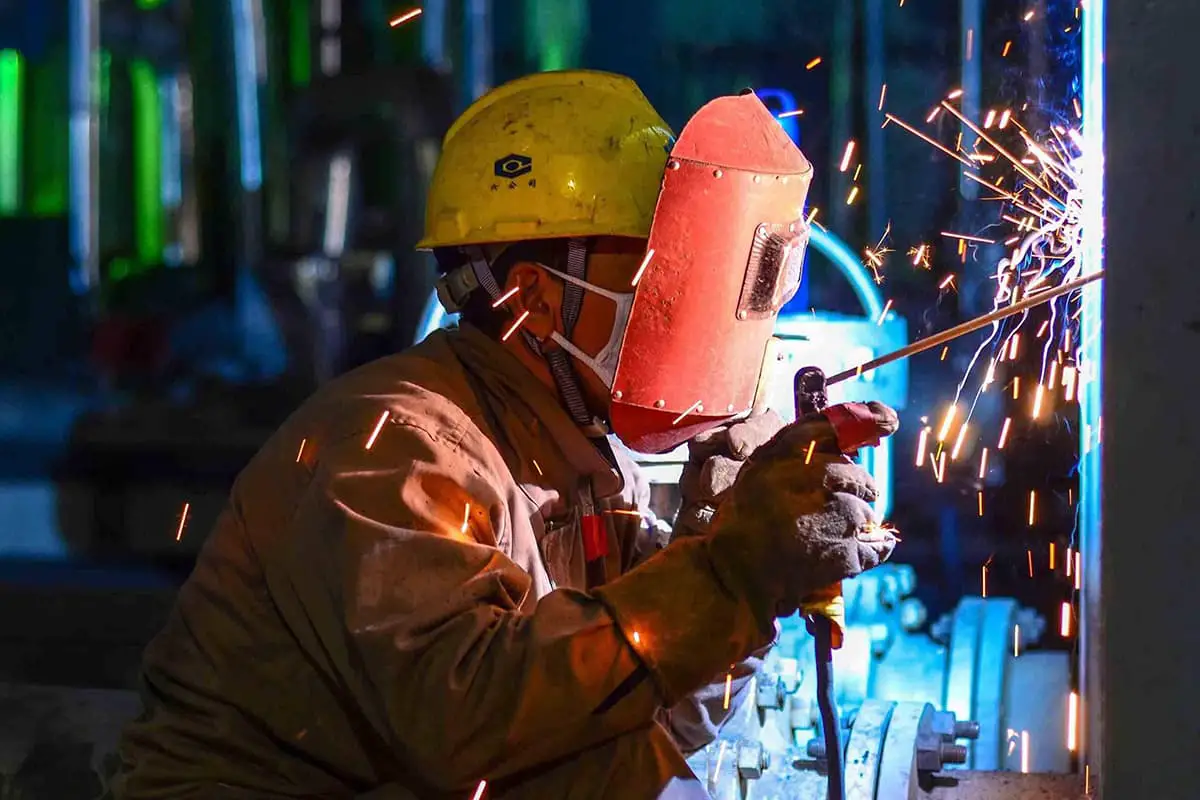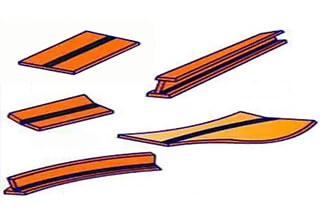
How do you stop thin metal plates from warping when welded? This article dives into the causes of welding distortion, such as thermal and rigidity factors, and offers practical methods to control it. Techniques like using appropriate welding parameters and rigid fixation methods are explored. By reading, you’ll gain valuable insights on minimizing and correcting welding distortion, ensuring better quality and efficiency in your welding projects.
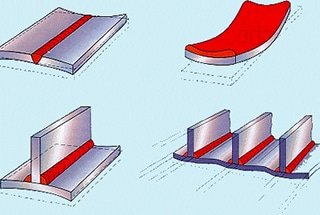
The term “thin sheet component” typically refers to workpieces fabricated by welding steel plates with a thickness of less than 4mm, including stainless steel, galvanized sheet, and tin. Examples of such components produced by our factory include roller rig hangars, driver chambers, and excavator driver chambers.
Controlling and avoiding welding distortion in thin sheet composites requires advanced technical skills. The following discussions are based on our consensus and are intended for reference purposes only.
Arc welding is a process that involves rapid heating and cooling, which can result in uneven distortion during or after welding.
The main factors that affect welding distortion are thermal distortion and the rigidity of the welded component. The thermal distortion during welding is controlled by the rigidity of the component, leading to compressive plastic distortion and residual welding distortion.
Different welding methods produce varying temperature fields, resulting in different thermal distortions.
Generally speaking, automatic welding is more focused compared to manual welding, producing a narrower and less distorted outcome. When using a thin welding wire and a high current density with CO2 gas shielding, the resulting concentration of heat in CO2 gas shielded welding causes less distortion.
The factors that influence welding distortion include welding current, arc voltage, and welding speed.
The amount of welding distortion increases with the increase in line energy. A higher welding current and arc voltage result in greater welding distortion, while increasing welding speed reduces welding distortion.
Of the three parameters, arc voltage has a significant impact on welding distortion. Therefore, using low voltage, high speed, and high current density in automatic welding results in smaller welding distortion.
The greater the number of welding seams and the larger the cross-section size, the larger the welding distortion will be.
Continuous welding and intermittent welding result in different temperature fields, leading to different thermal distortions.
Typically, continuous welding results in larger distortions, while discontinuous welding produces minimal distortions.
Different materials have varying thermal conductivity, specific heat, and expansion coefficients, which results in differing thermal and welding distortions.
The Size and Shape of Components
As the rigidity of a component increases, its welding distortion decreases.
Application of Tire Clamps
Tire clamps can be used to increase the rigidity of a component, resulting in a reduction of welding distortion.
Assembly Welding Procedure
The assembly welding process can alter the rigidity and center of gravity position of components during different stages of assembly, which significantly impacts the welding distortion of control components.
In general, components tend to experience greater welding distortion under relaxed conditions, and smaller welding distortion under tight conditions.
The welding distortion of any steel structure can be classified into two types: overall distortion and partial distortion.
Overall distortion refers to changes in the size or shape of a component after welding, including longitudinal and transverse shrinkage, which results in a reduction of the total size, bending distortion (such as hogging and sagging), and other types of distortion.
Partial distortion refers to distortion that occurs in specific areas after welding, including angular distortion and wave distortion.
The two main factors that affect welding residual distortion are the thermal distortion and the rigidity of the components during the welding process. As a result, it is not possible to completely eliminate welding distortion.
To control welding residual distortion, both the design of thin sheet components and construction techniques must be considered. The design of thin sheet components should not only meet strength and performance requirements, but also minimize welding distortion and labor hours.
Optimizing the layout of slab joints is crucial in reducing welding distortion. The technique properties of the joints should also be taken into account during design, as ignoring these properties can easily lead to welding distortion.
The welding process is a significant aspect of steel structure construction, and a well-planned welding process can effectively reduce welding distortion and stress concentration.
To control welding distortion, the following measures should be taken:
In steel structure fabrication, even with measures taken to control welding distortion through component design and construction techniques, welding distortion is still unavoidable. Any welding distortion that exceeds design requirements must be corrected.
Correction is limited to correcting specific distortions, such as angular distortion, bending distortion, and wave distortion. Overall distortions, such as longitudinal and transverse shrinkage, can only be compensated for through blanking or assembly allowances.
Mechanical correction of steel structures is prone to cause metal hardening and consume material reserves, so it is only suitable for materials with good plasticity. In practice, large-scale hydraulic and friction presses may be used for mechanical correction.
Flame correction can rectify overall component distortion by causing irreversible compression and plastic distortion in the cooled welded metal part. However, this method also consumes plasticity, so it should be used with caution for brittle or plastic materials.
The temperature of flame heating must be properly controlled. Too high a temperature will reduce the material’s mechanical properties, while too low a temperature will decrease correction efficiency.
The cooling speed has no effect on correction efficiency, so water can be sprayed during heating to improve working efficiency and enhance the correction effect.
In conclusion, welding distortion is inevitable in steel structure fabrication and can only be controlled through effective methods and measures and corrected if it exceeds tolerance requirements. This ensures both the quality of the steel structure and economic efficiency.

